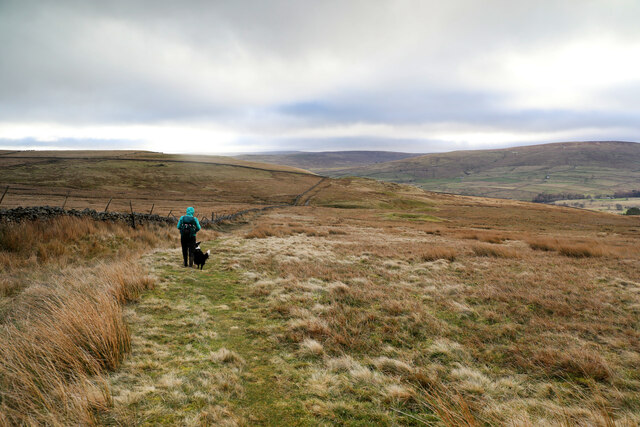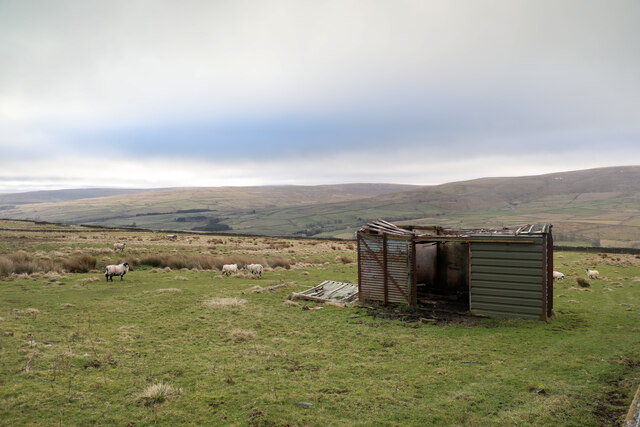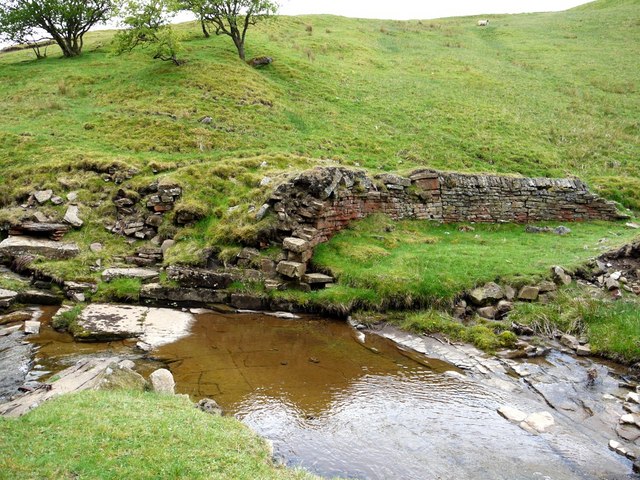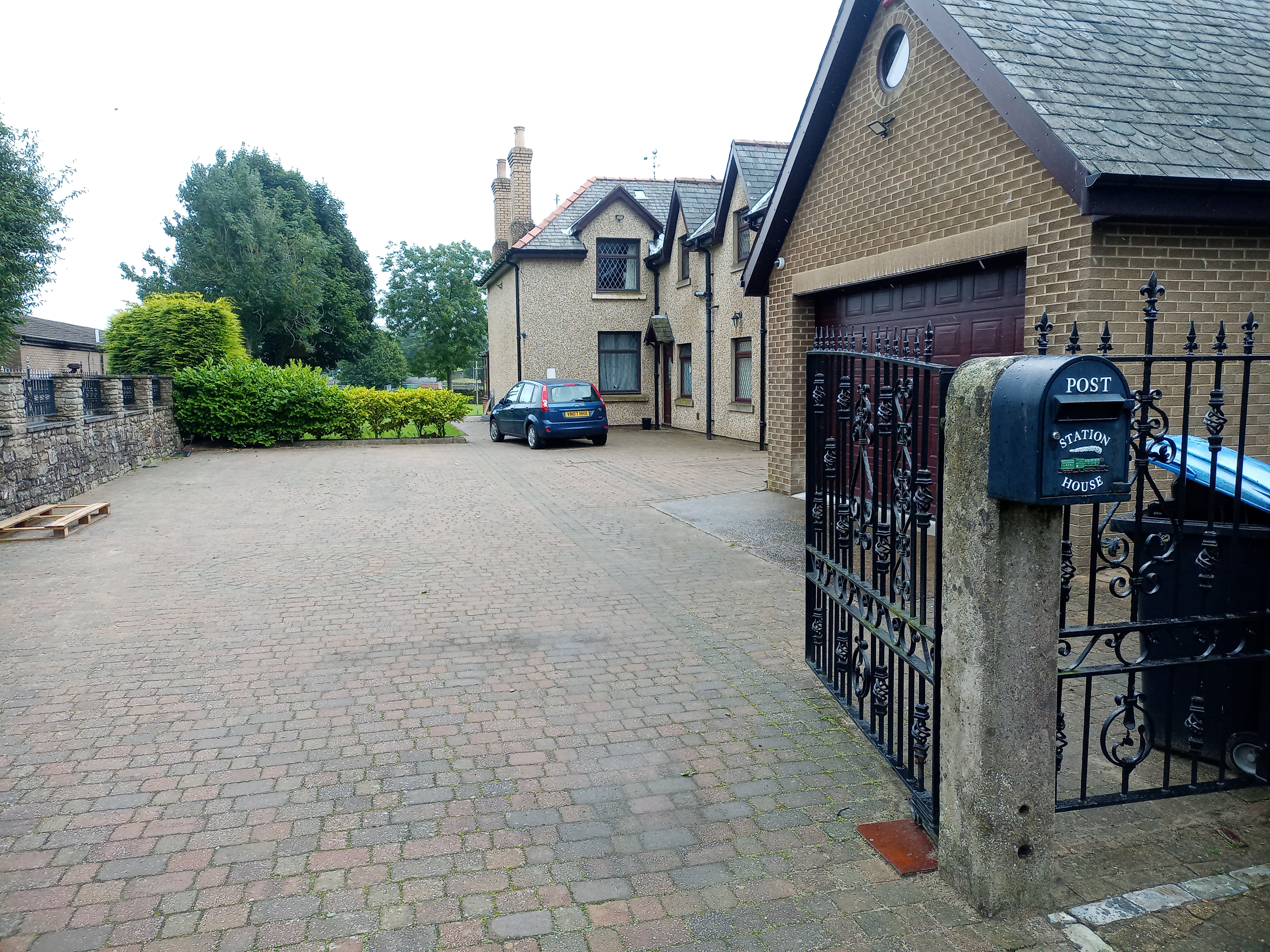Middlehope Bottom
Valley in Durham
England
Middlehope Bottom

Middlehope Bottom is a small valley located in the county of Durham, England. Situated in the northern part of the county, this picturesque area is surrounded by rolling hills and lush greenery, creating a tranquil and idyllic setting.
The valley itself is named after the nearby village of Middlehope, which lies at the heart of the area. Middlehope Bottom is characterized by its charming rural landscape, with vast meadows and meandering streams that flow through the valley. The valley is also dotted with a few scattered farms, adding to its rustic charm.
The area is a haven for nature enthusiasts, offering a plethora of walking trails and hiking routes. Visitors can explore the various footpaths that crisscross the valley, providing breathtaking views of the surrounding countryside. In addition, Middlehope Bottom is home to a diverse range of flora and fauna, making it an ideal spot for wildlife observation and birdwatching.
Despite its rural setting, Middlehope Bottom is conveniently located close to several towns and villages, providing easy access to amenities and services. The bustling town of Durham is just a short drive away, offering a wide range of shops, restaurants, and cultural attractions.
Overall, Middlehope Bottom in Durham is a hidden gem for those seeking a peaceful retreat in the heart of the English countryside. With its stunning natural beauty and proximity to amenities, it is a destination that appeals to both locals and visitors alike.
If you have any feedback on the listing, please let us know in the comments section below.
Middlehope Bottom Images
Images are sourced within 2km of 54.762259/-2.1632988 or Grid Reference NY8940. Thanks to Geograph Open Source API. All images are credited.














Middlehope Bottom is located at Grid Ref: NY8940 (Lat: 54.762259, Lng: -2.1632988)
Unitary Authority: County Durham
Police Authority: Durham
What 3 Words
///lemmings.prepped.panting. Near Stanhope, Co. Durham
Nearby Locations
Related Wikis
Slit Woods
Slitt Woods is a Site of Special Scientific Interest in the Wear Valley district of County Durham, England. It occupies the valley of Middlehope Burn,...
West Rigg Open Cutting
West Rigg Open Cutting is a Site of Special Scientific Interest in the Wear Valley district of west County Durham, England. It is a disused ironstone...
East Blackdene
East Blackdene is a hamlet in the civil parish of Stanhope, in County Durham, England. It is situated to the north of the River Wear, on the opposite side...
St John's Chapel railway station
St John's Chapel railway station served the village of St John's Chapel, County Durham, England, from 1895 to 1965 on the Weardale Railway. == History... ==
Daddry Shield
Daddry Shield is a village in the civil parish of Stanhope, in County Durham, England. It is situated on the south side of the River Wear in Weardale,...
Westgate Methodist Chapel
Westgate Methodist Chapel stands on the A689 road in the village of Westgate, some 5 miles (8 km) west of Stanhope, County Durham, England (grid reference...
St John's Chapel, County Durham
St John's Chapel is a village in the civil parish of Stanhope, in County Durham, England. It is situated in Weardale, on the south side of the River Wear...
Westgate-in-Weardale railway station
Westgate-in-Weardale railway station served the village of Westgate, County Durham, England, from 1895 to 1965 on the Weardale Railway. == History == The...
Nearby Amenities
Located within 500m of 54.762259,-2.1632988Have you been to Middlehope Bottom?
Leave your review of Middlehope Bottom below (or comments, questions and feedback).








